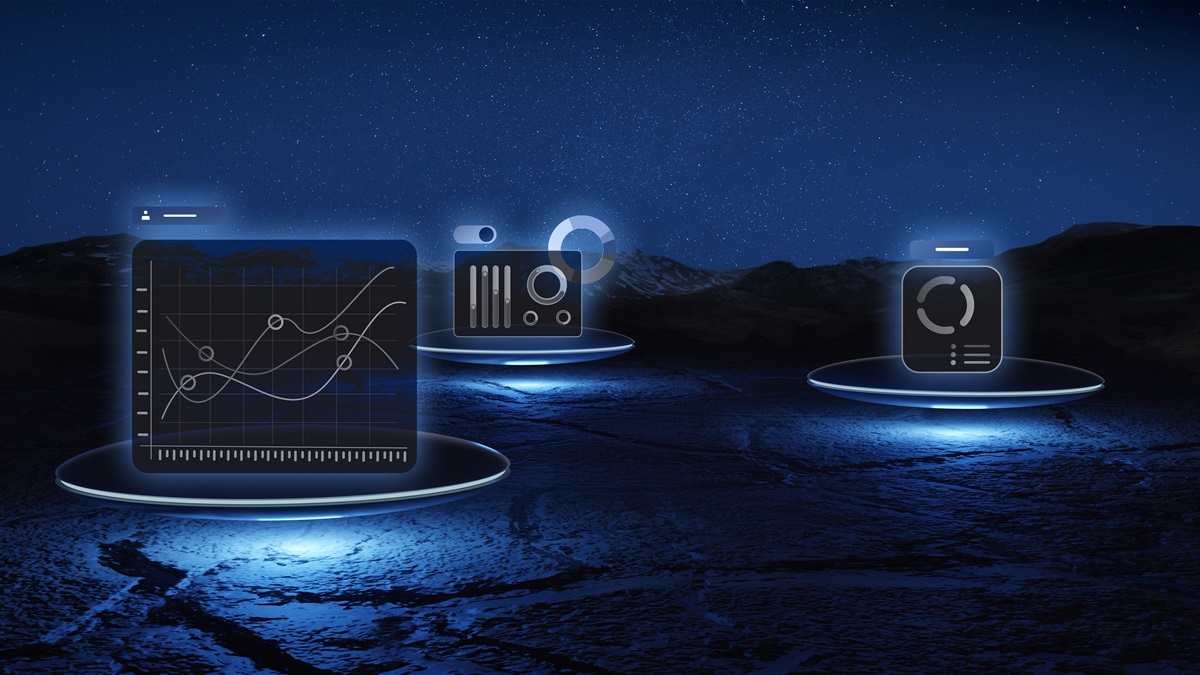Azure Synapse Analytics provides a unified environment for both SQL and big data analytics through serverless Apache Spark pools.
However, with the power of Spark comes the need for proper governance. How you secure access, manage keys, monitor activity, and more directly impacts your Synapse data protection posture.
In this article, we’ll explore key steps to lock down Spark pools in Azure Synapse Analytics spark without inhibiting analyst productivity.
Overview of Spark Security Capabilities in Azure Synapse
Azure Synapse brings together data warehousing, big data, and AI under one roof. A core capability is Spark pools that provide:
- On-demand Apache Spark clusters without infrastructure management
- Integration of Spark jobs with SQL analytics and data pipelines
- Support for Scala, Python, SparkSQL, and .NET Spark workloads
- Fine-grained access controls for files, folders, libraries, notebooks, and jobs
To enable these big data workloads while safeguarding sensitive information, Synapse offers configurable security features including:
- Role-based access control (RBAC) on Spark resources
- Integration with Azure AD for identity and authentication
- Azure Key Vault integration for stored secrets
- Transparent data encryption (TDE) for data at rest
- Network isolation options and endpoint controls
- Security monitoring and auditing
Building on these capabilities, let’s walk through secure Spark configuration.
Implement Role-Based Access Control
The foundation for Synapse Spark security is role-based access control (RBAC). RBAC allows granting users and groups access to specific resources and roles.
For example, data analysts may have read-write access to notebooks and Spark tables, but not be able to create new Spark pools. Data engineers can fully manage Spark resources without accessing business data.
Synapse includes built-in roles like Synapse Apache Spark Administrator, Synapse Compute Operator, and Synapse Contributor. Assign users to these or create custom roles with precise permissions.
Scope permissions to workspaces, Spark pools, databases, folders, notebooks, jobs, and other objects. Change access as personnel and tasks evolve.
RBAC enables data separation and least-privilege access that’s essential for governance. Always rely on roles over broad “all users” permissions.
Integrate with Azure Active Directory
For user identity and management, Azure Synapse integrates with Azure Active Directory (AAD). Benefits of tying Spark pools to AAD include:
- Single sign-on across Synapse workspaces and Azure resources
- Role assignments based on group membership
- Ability to federate identities from other providers like Okta
- Password policies, multi-factor authentication (MFA), and other protections
Additionally, you can use Azure AD service principals for headless programmatic interactions. Overall, always authenticate through AAD rather than local accounts.
Centralizing identities improves security posture and eases Spark pool administration as organizations grow.
Manage Access to Sensitive Data with Classifications
Spark pools allow running code against data pools throughout Synapse, like dedicated SQL pools and data lakes. Classifying and labeling sensitive data sources enables more precise access control.
For example, data containing personal health information (PHI) can be classified “Confidential – Health Records”. Then limit which Spark pools can access it through RBAC and classifiers.
Assign classifications that reflect data sensitivity levels. Use them to restrict Spark pool integration points only to data needed for the workload.
Encrypt Data at Rest and In Motion
Since Spark pools analyze organizational data lakes, enable encryption safeguards:
Transparent data encryption (TDE): Encrypt data at rest in the data lake using an Azure Key Vault managed key. This protects files if storage is compromised.
Secure data exfiltration: Only allow Spark pools to write results to permitted sinks like specific databases or containers. Avoid risky open endpoints.
SSL connections: Require SSL/TLS 1.2+ encryption between Spark and supported data stores for in-flight protections.
Applying defenses like TDE, governed outputs, and SSL preserves data confidentiality and integrity throughout the Spark analytics process.
Monitor Spark Usage and Access
Detect potential misuse or compliance violations in Spark pools through detailed monitoring:
- Turn on Azure diagnostic logging to collect activity logs, access logs, and metrics. Route them to Log Analytics for analysis.
- Stream logs to Azure Sentinel for greater visibility with AI-powered threat detection.
- Perform access audits for Spark data to validate least-privilege controls.
- Continuously monitor read/write activity on sensitive data like health records per regulations.
- Alert on suspicious access like unusual roles, locations, or high-risk operations.
Ongoing monitoring demonstrates Spark governance and allows prompt response to any incidents.

Follow Security Best Practices for Notebooks
Spark workloads often use notebooks in languages like Python and Scala. To secure notebooks:
- Scrutinize notebook source code for compliance with organizational data policies.
- Version control notebooks in Git to track changes.
- Limit reference data used in notebooks to the minimum needed.
- Mask sensitive data like PII when developing and testing.
- Parameterize connections rather than hard coding credentials.
- Use cell-level security to limit access to sensitive notebook segments.
Treating notebooks like regulated code promotes secure coding habits around Spark data analysis.

